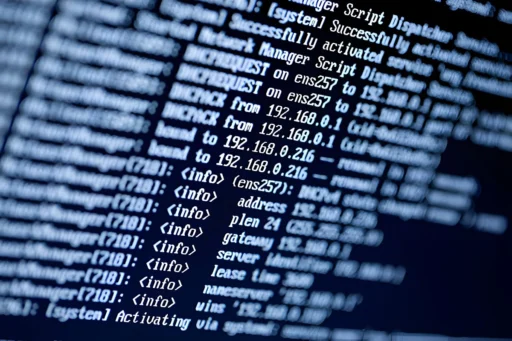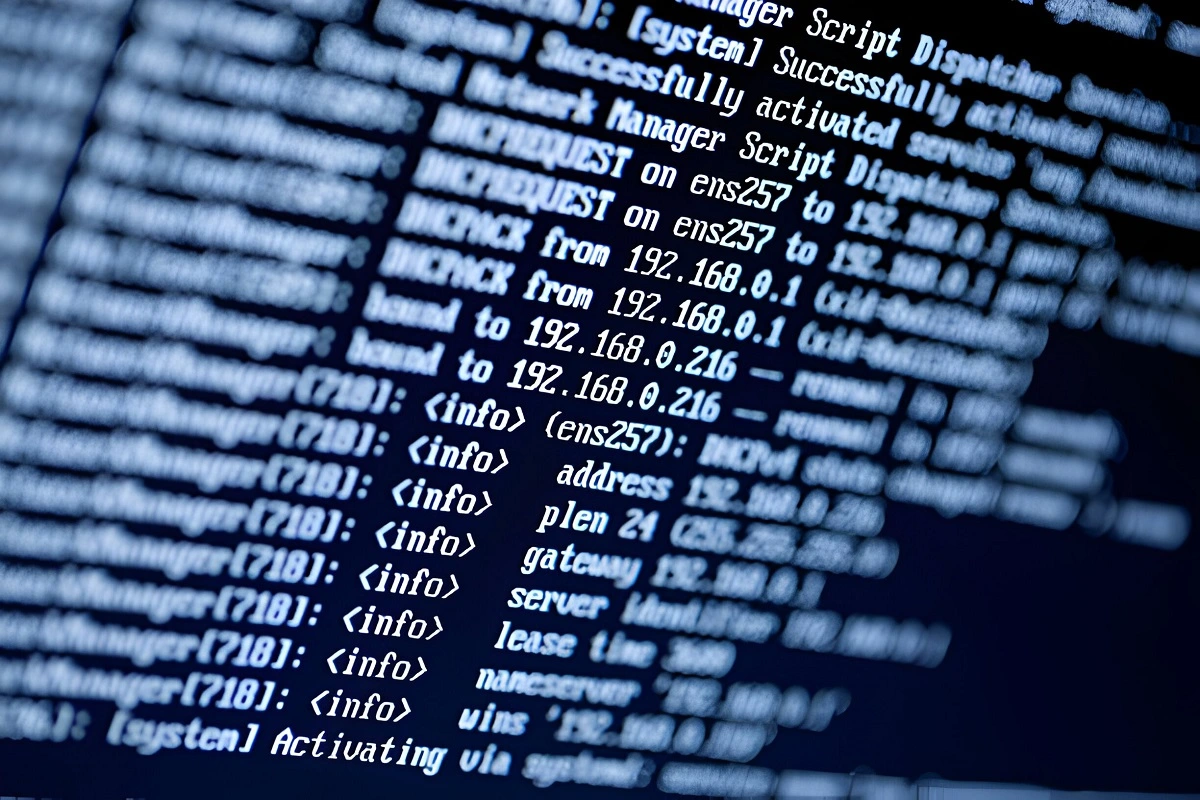In the world of networking and server setups, the address 127.0.0.1:49342 holds significant importance. It is commonly associated with local host operations, virtual machines, and server configurations. Understanding the basics of 127.0.0.1:49342 and its significance can greatly benefit anyone working with servers, APIs, or virtual machines. This blog will delve into the technical aspects of this address and shed light on its various applications.
Understanding 127.0.0.1:49342 – The Basics
The address 127.0.0.1 is commonly known as the localhost. It is a loopback IP address that is used to access the network services running on the host via the network interface. When combined with port number 49342, it becomes a specific endpoint for accessing a particular service or application running on the local host.
In an internet protocol suite, the IP address 127.0.0.1 is the default address for the loopback network interface. It allows applications to communicate within the same machine without the need for an external network connection. This is particularly useful for testing and debugging purposes.
The port number 49342 is an arbitrary number that is assigned to a specific application or service running on the local host. It is used to identify and differentiate between multiple services or applications running simultaneously on the same machine. The combination of the IP address and port number creates a unique endpoint through which data can be transmitted using the Transmission Control Protocol (TCP).
Significance of Port 49342
Port 49342 holds significant significance in the world of servers, applications, and virtual machines. It serves as a gateway that enables communication between various services and applications running on the same machine.
For example, if you are running a web server on your local machine, it will typically listen on port 80 for HTTP requests. However, if you have multiple web servers or other applications running simultaneously, they will each need a unique port number to avoid conflicts. Port 49342 can be assigned to one of these applications, allowing it to listen for incoming connections and handle requests.
In addition to running applications and services, port 49342 also plays a crucial role in setting up APIs (Application Programming Interfaces) and virtual machines. APIs, which allow different software applications to communicate with each other, often use specific port numbers to establish connections. Similarly, virtual machines require unique port numbers for networking and communication purposes.
By utilizing port 49342, developers and system administrators can ensure efficient and organized communication between different applications, APIs, and virtual machines running on the same machine.
Exploring the Technical Side of Localhost Operations
To fully understand the technical side of localhost operations, it is important to explore the setup and configuration of servers and virtual machines. Here is a breakdown of the steps involved in setting up localhost operations:
- Install server software such as Apache, Nginx, or IIS on your local machine. These software packages allow you to host websites and applications locally.
- Configure the server software to listen on the desired port, such as port 49342, for incoming connections. This can usually be done through the server’s configuration file.
- Set up the necessary file directories and permissions for your server. This includes creating the appropriate folders for your website or application files and ensuring that the server has the necessary read and write access to these files.
- Test the server setup by accessing your website or application through the browser using the address 127.0.0.1:49342. If everything is configured correctly, you should be able to see your website or application running on your local machine.
- For virtual machines, you can use software such as Docker or VirtualBox to create and run virtualized environments. These virtual machines can be configured to use port 49342 for networking and communication.
By following these steps and utilizing the appropriate software and configurations, developers and system administrators can easily set up and manage local host operations for various purposes.
Security Implications of 127.0.0.1:49342
While using the address 127.0.0.1:49342 for localhost operations can be convenient and efficient, it is important to consider the security implications.
One potential vulnerability is the exposure of services running on the local host to the internet. If not properly secured, these services can be accessed by anyone on the internet, potentially leading to unauthorized access or attacks. It is crucial to implement strong security measures, such as firewalls and access controls, to protect the services running on the local host.
Additionally, when working with virtual machines or remote servers, it is important to consider the security of the network connection. Using a virtual private network (VPN) can help secure the communication between the local machine and the remote server. VPNs encrypt the data transmitted over the network, making it difficult for hackers to intercept or manipulate the data.
Furthermore, keeping the operating system and server software up to date with the latest security patches is essential for maintaining a secure local host environment. Companies like Microsoft regularly release security updates to address vulnerabilities and protect against potential threats.
By considering these security measures, users can ensure that their localhost operations remain secure and protected from potential security risks.
Troubleshooting Common Issues
While working with localhost operations and port 49342, it is common to encounter various issues. Here are some common troubleshooting steps for resolving these issues:
- Check the TCP/IP configuration: Ensure that the TCP/IP settings on your machine are correctly configured to allow communication through port 49342.
- Verify the server configuration: Double-check the server configuration to ensure that it is correctly set up to listen on port 49342. This includes checking the server’s configuration file and ensuring that the necessary ports are open.
- Test the connection: Use tools such as Telnet or Curl to test the connection to port 49342. This will help identify if the issue lies with the server or the client.
- Check for conflicting applications: Make sure that no other applications or services are running on port 49342. Conflicts can occur if multiple applications are trying to use the same port.
- Inspect log files: Examine the server’s log files for any error messages or warnings that may indicate the cause of the issue. Log files can provide valuable insights into the server’s behavior and help identify the root cause of the problem.
By following these troubleshooting steps, users can effectively resolve common issues related to port 49342 and ensure that their local host operations are running smoothly.
Summary
Understanding the intricacies of 127.0.0.1:49342 reveals a fascinating world of technical operations and security implications. This unique combination plays a crucial role in local host operations, with port 49342 holding particular significance. Delving into the technical aspects sheds light on common troubleshooting issues that may arise. It’s essential to grasp the nuances of this address to navigate its functionalities effectively and ensure a secure operational environment.






